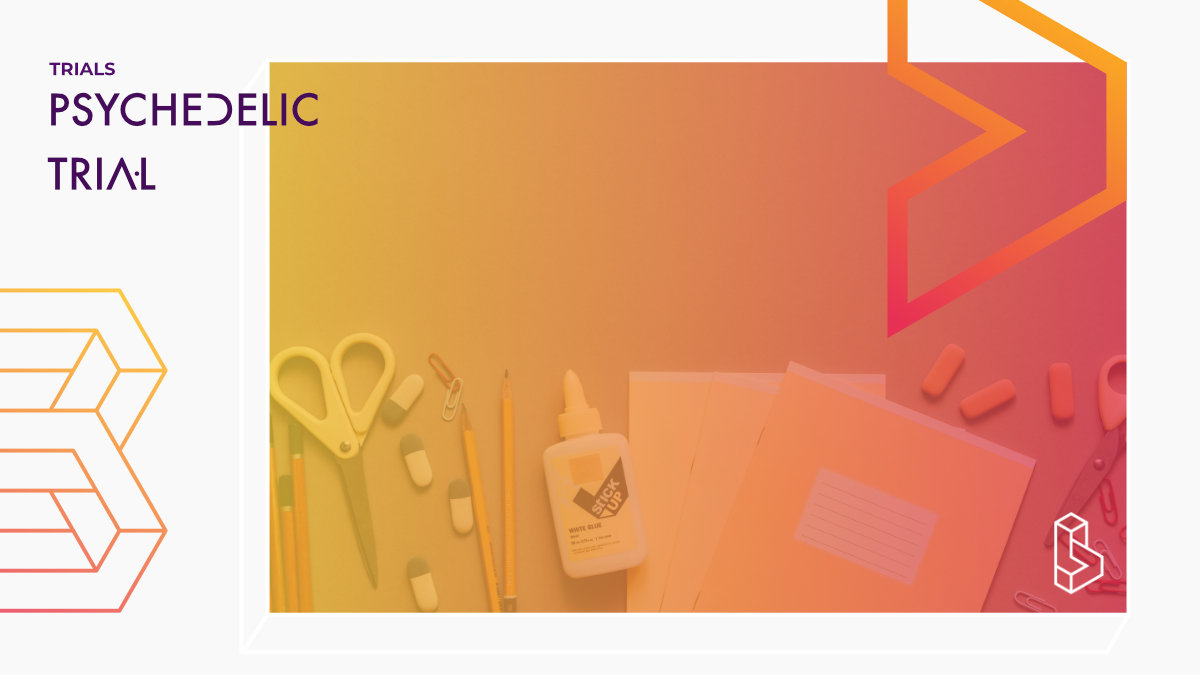The primary purpose of this study is to see if it is safe to give patients with cancer a low dose of the FDA approved anaesthetic drug ketamine at the same time they receive radiation, chemotherapy, and/or surgery for their cancer treatment to treat depression and its effects. Researchers would also like to see if giving ketamine at the same time as cancer treatment is practical and reasonably acceptable to the patient.
Depression has many negative consequences for outcomes in those with cancer. It causes delayed treatments, increases in hospital lengths of stay, decreases in treatment adherence, poorer self-care, and decreased quality of life, even at 3 years post-treatment. The presence of depression is the number one predictor of incomplete treatment and difficulty with rehabilitation. Therefore, investigators would also like to see if it is feasible to give patients ketamine during their routine cancer treatment to treat depression and its negative effects on cancer treatment outcomes and also help with anxiety, pain, and quality of life. The study will also use a placebo to compare the good and/or bad effects of ketamine. A placebo is not an active drug and it will look the same as ketamine, as a liquid to be taken by mouth.
Ketamine is approved by the U.S. Food and Drug Administration (FDA) as a general anaesthetic by itself for some diagnostic and surgical procedures or combined with other general anaesthetic agents. It has also been shown to reduce cancer pain. Ketamine is considered experimental in this study because it is not approved by the FDA for the treatment of depression.
Trial Details
Trial Number
Sponsors & Collaborators
Cedars-Sinai Medical CenterCedars-Sinai is a nonprofit academic healthcare organization serving the diverse Los Angeles community and beyond.
Icahn School of Medicine at Mount Sinai
This company doesn't have a full profile yet, it is linked to a clinical trial.

